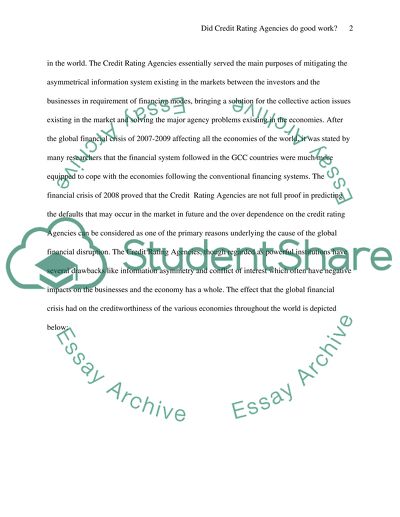Cite this document
(“Did Credit Rating Agencies do good work Essay Example | Topics and Well Written Essays - 2500 words”, n.d.)
Retrieved from https://studentshare.org/finance-accounting/1498720-did-credit-rating-agencies-do-good-work
Retrieved from https://studentshare.org/finance-accounting/1498720-did-credit-rating-agencies-do-good-work
(Did Credit Rating Agencies Do Good Work Essay Example | Topics and Well Written Essays - 2500 Words)
https://studentshare.org/finance-accounting/1498720-did-credit-rating-agencies-do-good-work.
https://studentshare.org/finance-accounting/1498720-did-credit-rating-agencies-do-good-work.
“Did Credit Rating Agencies Do Good Work Essay Example | Topics and Well Written Essays - 2500 Words”, n.d. https://studentshare.org/finance-accounting/1498720-did-credit-rating-agencies-do-good-work.


